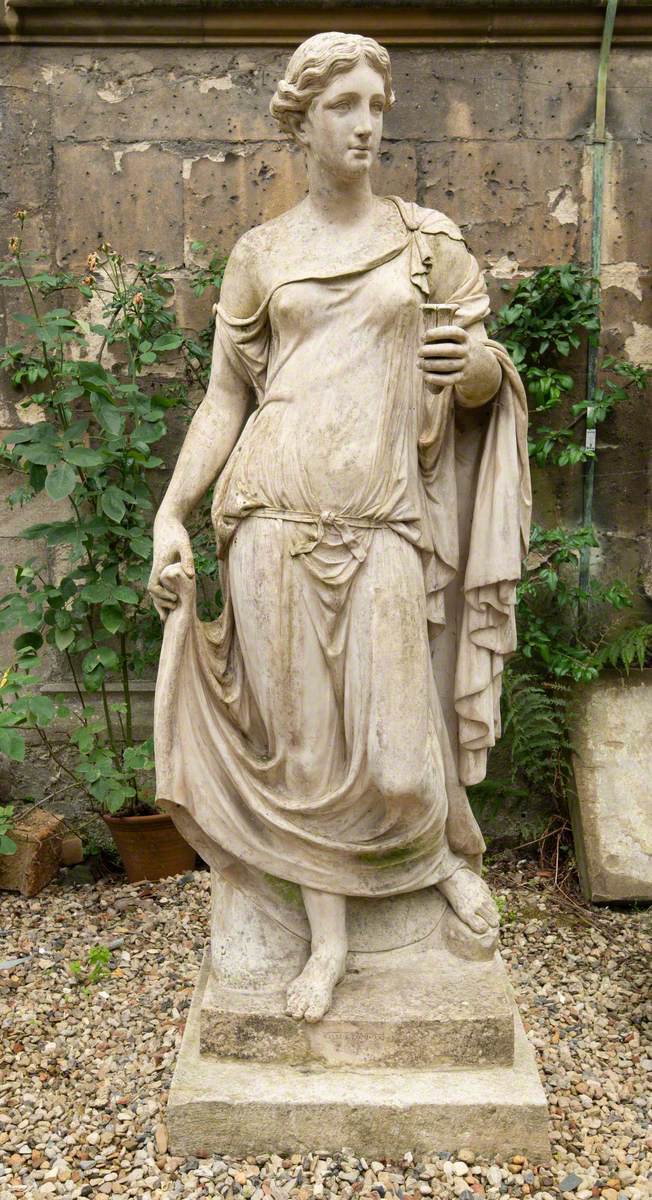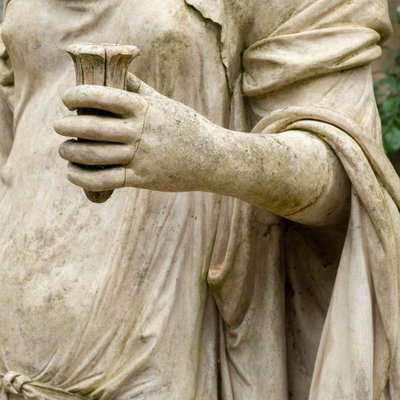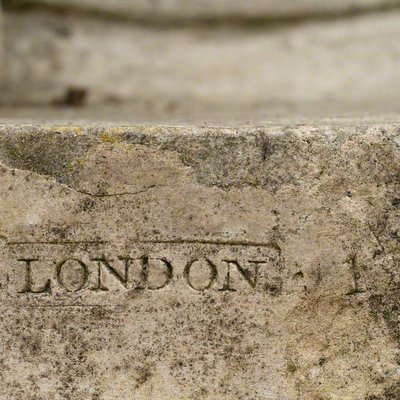5. Farnese Flora, by Eleanor Coade
 Eleanor Coade, 'Farnese Flora', Coade stone, 1780s
Eleanor Coade, 'Farnese Flora', Coade stone, 1780s
The maker of this classical replica is relatively unknown today, but chances are you may have seen her creations dotted around the UK. The legacy of the sculptor and businesswoman Eleanor Coade (1733-1821) lives on in the name of the material which she pioneered in the 1770s – ‘Coade stone’. Coade was one of only a few women to be acknowledged as a major influence on eighteenth-century sculpture and architecture, succeeding where many of her male counterparts failed in her attempts to produce a durable artificial stone material that was tough, malleable and weatherproof. She kept her recipe a closely guarded secret (it was in fact a mix of clay, terracotta, silicates and glass). Her entrepreneurial spirit saw her Lambeth-based company Coade's Artificial Stone Manufactory achieve remarkable success during her lifetime, and her illustrious clients included King George III.
Farnese Flora is a copy of a marble statue owned by Cardinal Alessandro Farnese (1520 - 1589), who amassed one of the first substantial collections of artworks from Greco-Roman antiquity. Many versions of the original were produced, and it is believed that an engraving made in 1782 by Piranesi is the source for this Coade statue. Located in St John’s President’s Garden, she has been in the college’s possession for a long time, although the exact acquisition date is unclear.
The goddess of flowering plants and the spring season holds in her left hand what looks like an empty cornucopia, as if in anticipation of its being filled with the fruits of springtime blossoming. The elaborate folds of her drapery, cascading from her raised left arm and rhythmically gathered up in her other, demonstrate the ease with which Coade stone could be moulded for the modelling of complex forms. The figure assumes the relaxed but dynamic contrapposto pose (with her body weight bearing down on one foot), so favoured by Ancient Greek and Roman sculptors. Coade has exaggerated the pose to suggest forward motion, as if to emphasise the goddess’s vivacity.

Dr Rachel Coombes completed her D.Phil in History of Art at St John's in 2023, under the supervision of Professor Alastair Wright. She is currently the Graham Robertson Research Fellow, and Keeper of the Heong Gallery, at Downing College, Cambridge.



